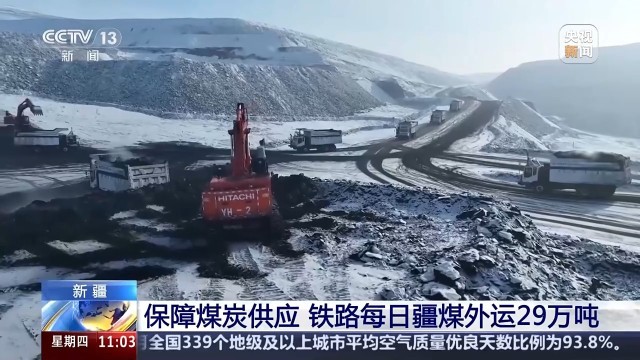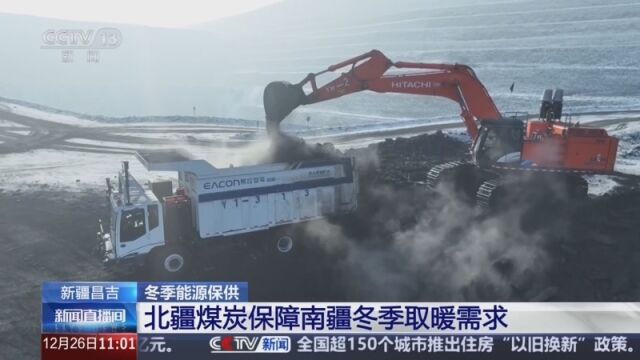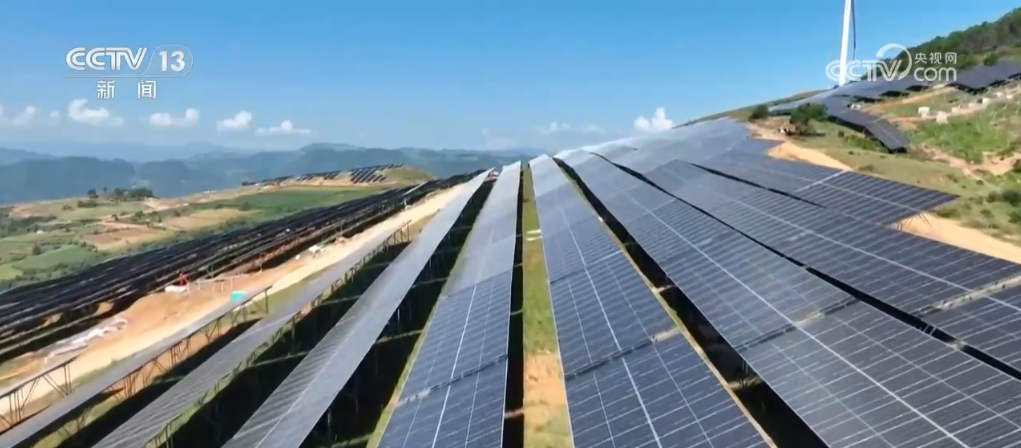打好能源稳产保供“组合拳”,确保能源供应稳定可靠。针对当前能源形势,采取多项措施加强能源生产和调度,加大煤炭、石油、天然气等能源的开采和生产力度,提高能源自给率。加强能源储备和应急能力建设,确保在突发事件和特殊情况下能够及时应对。这一系列措施的实施,为保障国家能源安全、促进经济社会发展提供了有力支撑。
Strategies for Ensuring Stable Energy Supply and Comprehensive Data Implementation: The "Combination Punch"
In today's world, energy stability and data management are paramount for sustainable development and societal progress. As we face the challenges of global energy demand and the complexities of data analytics, it is imperative to strike a balance between ensuring reliable energy supply and implementing effective data strategies. This requires a multifaceted approach, commonly known as the "combination punch."
To play our cards right in this game of energy stability and data implementation, we must first understand the significance of energy supply. Energy is the lifeblood of any nation's development, and its stability is crucial for maintaining social harmony and economic growth. In this context, ensuring stable energy supply is not just about meeting the current demand but also about preparing for future challenges, such as fluctuating energy prices, limited resources, and environmental constraints.
Moreover, with the advent of the digital age, data has become an indispensable resource in various sectors, including energy. The energy sector generates vast amounts of data, from production to distribution and consumption. To ensure efficient energy management, it is crucial to implement a comprehensive data strategy that leverages this data to its fullest potential. A well-designed data strategy can help in decision-making, resource allocation, risk mitigation, and innovation.
Now, let's delve into the strategies that can help us play our "combination punch" effectively:
1、Diversification of Energy Sources: To ensure energy stability, it is essential to have multiple sources of energy. This helps in reducing dependence on a single source, which can be affected by various factors like political instability or natural disasters. Diversification also allows for better management of energy costs and ensures a more balanced energy mix.
2、Infrastructure Development: Investing in infrastructure development is crucial for improving energy supply. This includes strengthening the transmission and distribution networks, upgrading existing facilities, and building new ones. It also involves improving storage facilities to ensure seamless supply during peak demand times.
3、Technology Integration: Incorporating advanced technologies in energy production and distribution can significantly improve efficiency and reduce losses. For instance, using smart grids, renewable energy sources, and digitalized energy management systems can help in real-time monitoring and optimization of energy usage.
4、Data Collection and Analysis: As mentioned earlier, data plays a pivotal role in energy management. Collecting and analyzing data from various sources can help in predicting energy demand, optimizing production, and identifying areas where improvements are needed.
5、Implementing Data-Driven Decision-Making: Using data analytics tools and techniques, decision-makers can make informed decisions about energy allocation, investment priorities, and risk mitigation strategies. This helps in ensuring that resources are allocated efficiently and effectively.
6、Collaboration and Partnership: To achieve sustainable energy supply and data implementation, it is essential to collaborate with various stakeholders, including government agencies, private companies, and international organizations. Collaboration can help in sharing resources, expertise, and technologies, which can further enhance the efficiency of energy supply and data management.
In conclusion, to ensure stable energy supply and comprehensive data implementation, it is essential to adopt a multifaceted approach known as the "combination punch." This involves diversification of energy sources, infrastructure development, technology integration, data collection and analysis, data-driven decision-making, and collaboration with various stakeholders. By implementing these strategies, we can ensure reliable energy supply, improve efficiency, reduce losses, and leverage data to its fullest potential for sustainable development.




 蜀ICP备2023027695号-1
蜀ICP备2023027695号-1 蜀ICP备2023027695号-1
蜀ICP备2023027695号-1